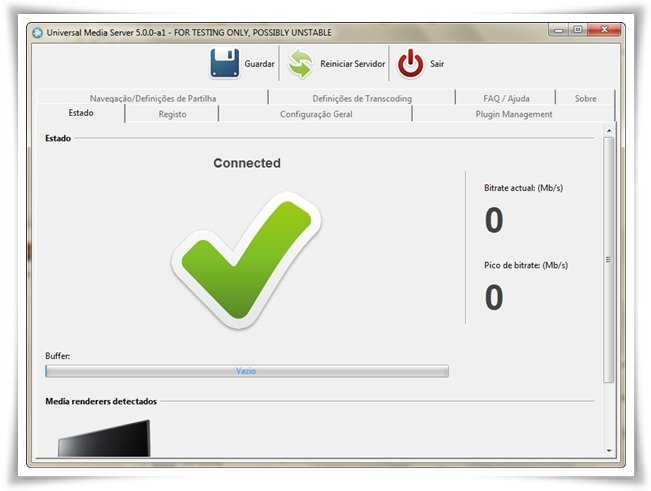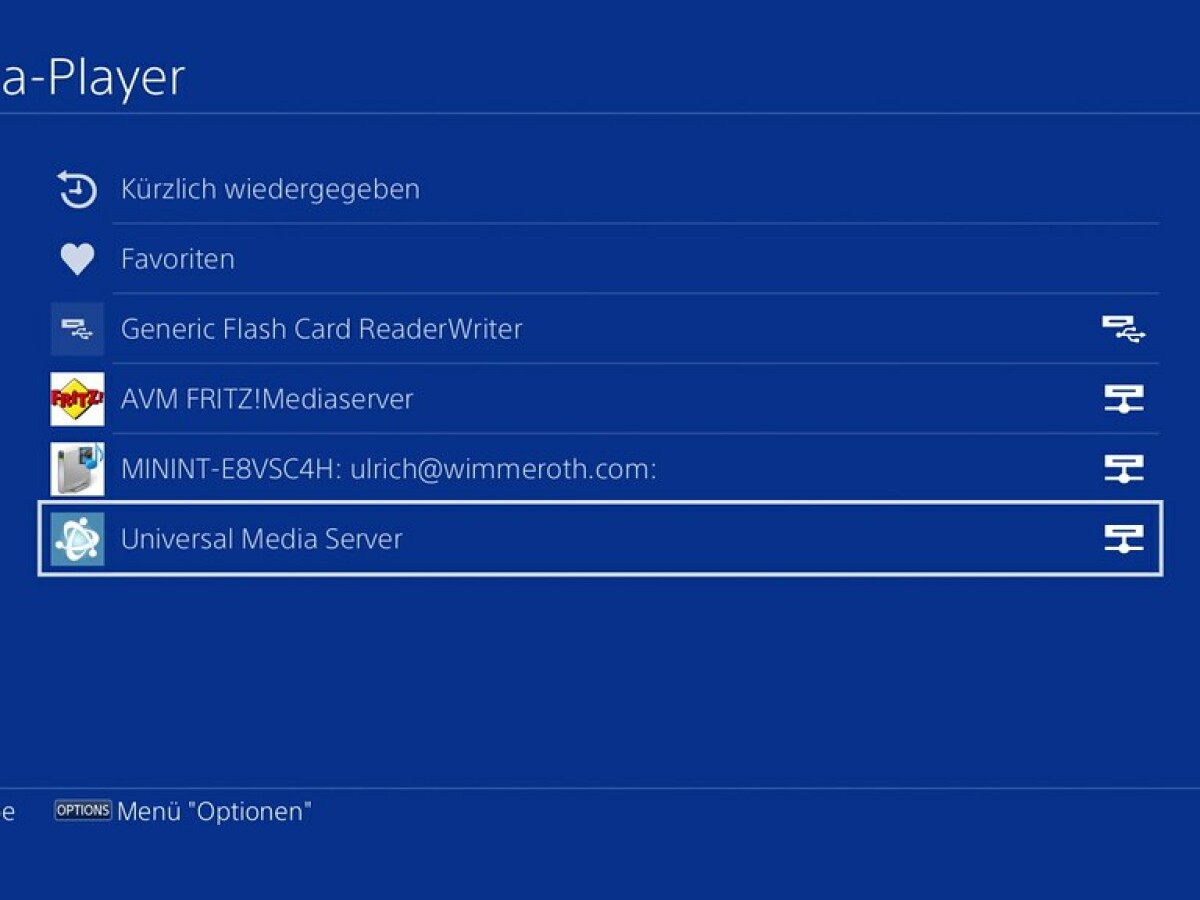

This seems to work in tandem with the VR Graphics quality setting, which I have set to High. If anyone knows how to do that then please share.Įdit: Right, if I change "virtual desktop use streaming resolution" to off in settings, I can get my real desktop and VD to stay at 3840x2160 (I think). It automatically seems to reduce my display resolution when I do that. Using a media viewer such as Sky Box, Big Screen or Pigasus is not bound to the resolution of the desktop but transfer over the network is less optimised and so the bit rate of the video would suffer - depending on the speed of your network.Įdit: I'm not sure whether you can actually get Virtual Desktop to render a 4k (3840x2160) desktop. However, as Virtual Desktop is rendering a copy of the desktop, you would need to run your desktop at 3840 x 2160 pixels (4K UHD) so that the SBS view would be 1920 per eye when viewing the video.

To get best performance, as I say in the guide, I suggest using VLC as the client - running it on the same machine as UMS and viewing the video via Virtual Desktop in full SBS mode - as VD is very highly optimised for rendering the desktop in the headset.

You can also choose between software and GPU encoding. UMS adjusts the bit rate based on the performance of the network/client. You then need to consider network performance. HSBS would halve the width HTB would halve the height. If you use a full format 3D output format SBS or TB it will then encode the output with a width of 1920 per eye. The default width is 1920 pixels for the input video - so if you open a 4k video it will resize it to 1920 width before processing it. You can control the resizing resolution via an editable drop-down list in the UMS UI. The Meta Quest 2, for example, has a resolution of 1832 × 1920 per eye so there is no point in sending a higher resolution than that to the headset.

It will work fine if you have a powerful enough system and headset.


 0 kommentar(er)
0 kommentar(er)
